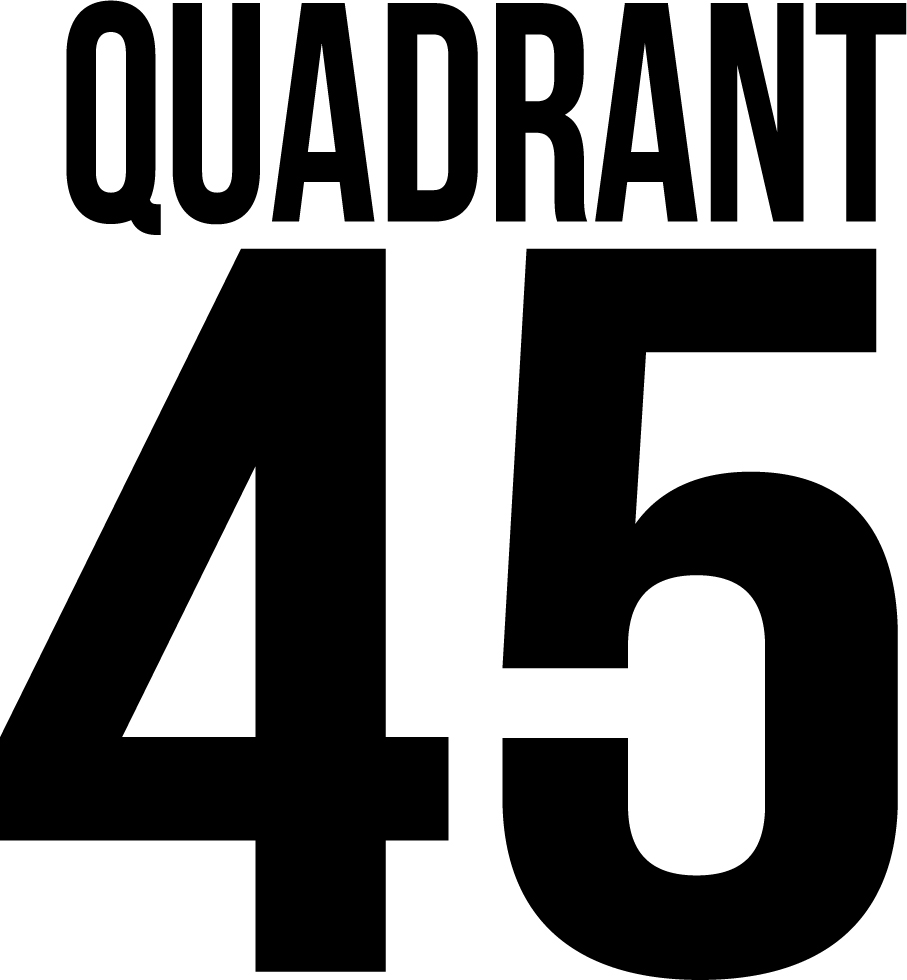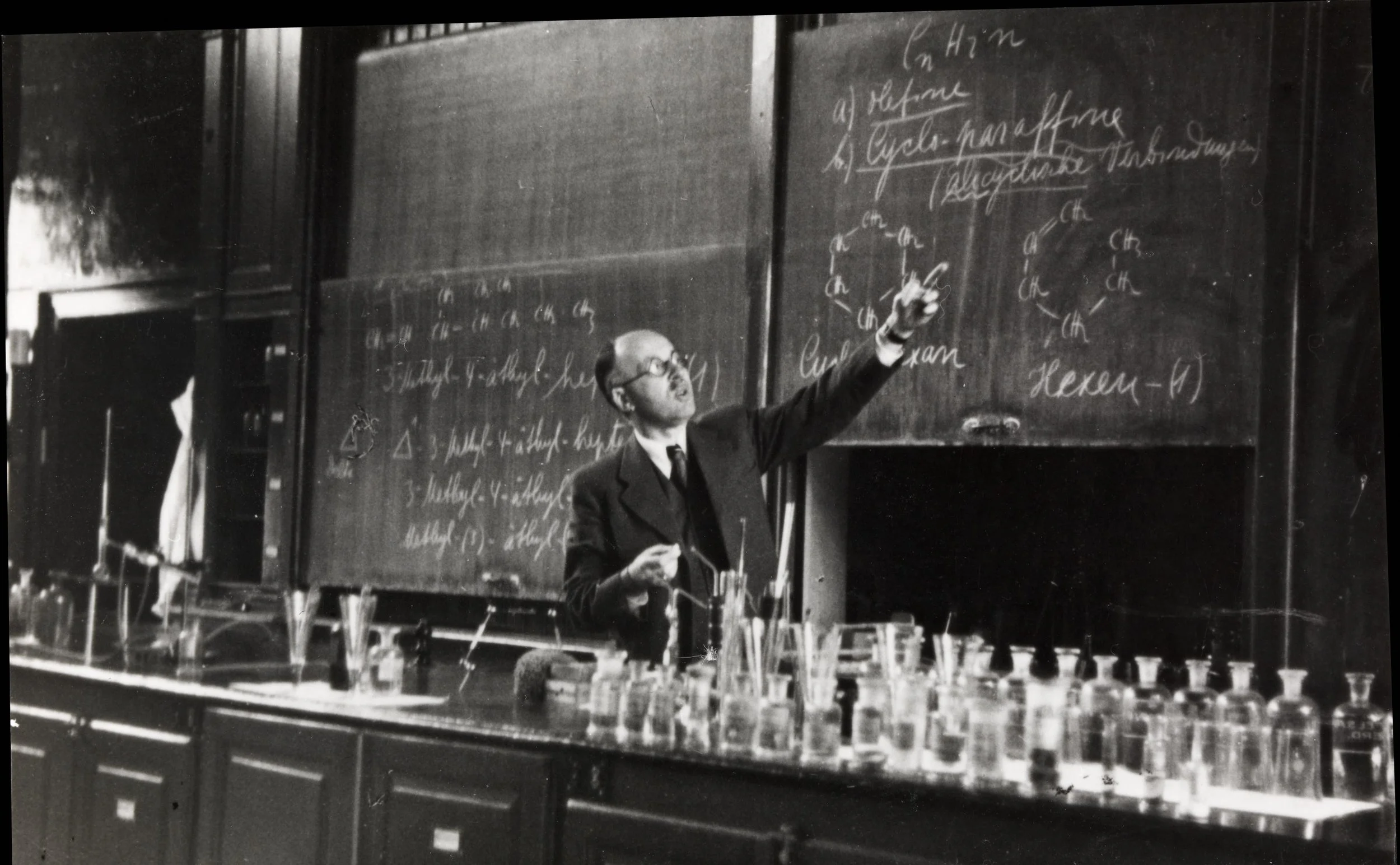Is it homage to a 45 RPM single? Cool, but no. A reference to a .45 caliber revolver, "the most powerful handgun in the world" made famous by Clint Eastwood in Dirty Harry? Nope.
The name dates back to my college days at Washington State University (Go Cougs). As a very young man with no real idea what I wanted to do (career highlights so far had included summer work selling shoes at JC Penney, getting suspended for publishing an underground newspaper, working at a batting cage, working as a paste-up artist for Safeco Insurance, working in a copy shop), I loved Political Science but could not see what jobs might exist in the field in my future (ah, ahead of my cable-news-channel punditry potential, as cable did not then exist).
I made a quick turn in my junior year to Economics – I loved the policy side that was illustrated in precise graphs on a chalkboard. Macro, micro, supply, demand, price, quantity, movement along the curve, shifts in the curve, some guy named Laffer’s curve (ridiculed then as now), and aspirational choices (production increases until price=marginal cost). Negative marginal utility (the utility of eating hot dogs declines as you get full, until, you know, it reverses).
The white chalk illustrations on dark green or black boards were elegant to me – art. Art containing knowledge. I thought I’d found a home.
I noticed during this period that the vast majority of graphs were Cartesian planes, which shared a series of features, foremost, an intersecting X and Y axes. I also noticed that most of the graphs worked their magic in the positive numerical values reflected in the first quadrant, the upper right section of the graph formed by the intersection. Price shot up vertically from zero to infinity. Quantity stretched out horizontally along the Y axis.
Somehow, whatever the point of the lesson, more often than not, the punch line – the goal – the mistake – the decision point – seemed to arrive somewhere at a compass angle of 45 degrees, often punctuated with an arrowed-line vigorously drawn up from the intersection and angling up and out of the graph to the right, like a space shuttle launch.
First quadrant, at 45 degrees – that’s where the action was. Quadrant45 was born.
Postscript: This was my major takeaway in economics. As I rolled into my senior year, I began to suspect that my love of economics was a bit of bait-and-switch. My classes, lectures, and tests laden with pictures faded into mathematics and statistics, fields I feared and loathed. My dissolution was complete when, given the good fortune to serve as a TA in a lower-level economics class for non-majors (back to pictures and policy!), I discovered my one-day-per-week class of non-majors was populated with math and engineering students. Who didn’t care for my graphs, but constantly wanted to have me explain the lessons, and ask me questions, with mathematics. They might as well have been speaking French.
I made a reluctant final decision to finish the Economics degree. My senior year was nearly 100% math and statistics. It was during this time in the desert I became curious about my roommate studying for the LSAT – the “Law School Aptitude Test.” I quickly created a mental graph, with happiness on the X, job prospects on the Y, and plotted my three choices.
Law school, here I come.
Photo: Croatian-Swiss scientist Leopold Ružička (13 September 1887 – 26 September 1976), joint winner of the 1939 Nobel Prize in Chemistry. He received eight honoris causa doctorates in science, medicine, and law; seven prizes and medals; and twenty-four honorary memberships in chemical, biochemical, and other scientific societies. It seem Leopold also had difficulty deciding what to do with his life.

